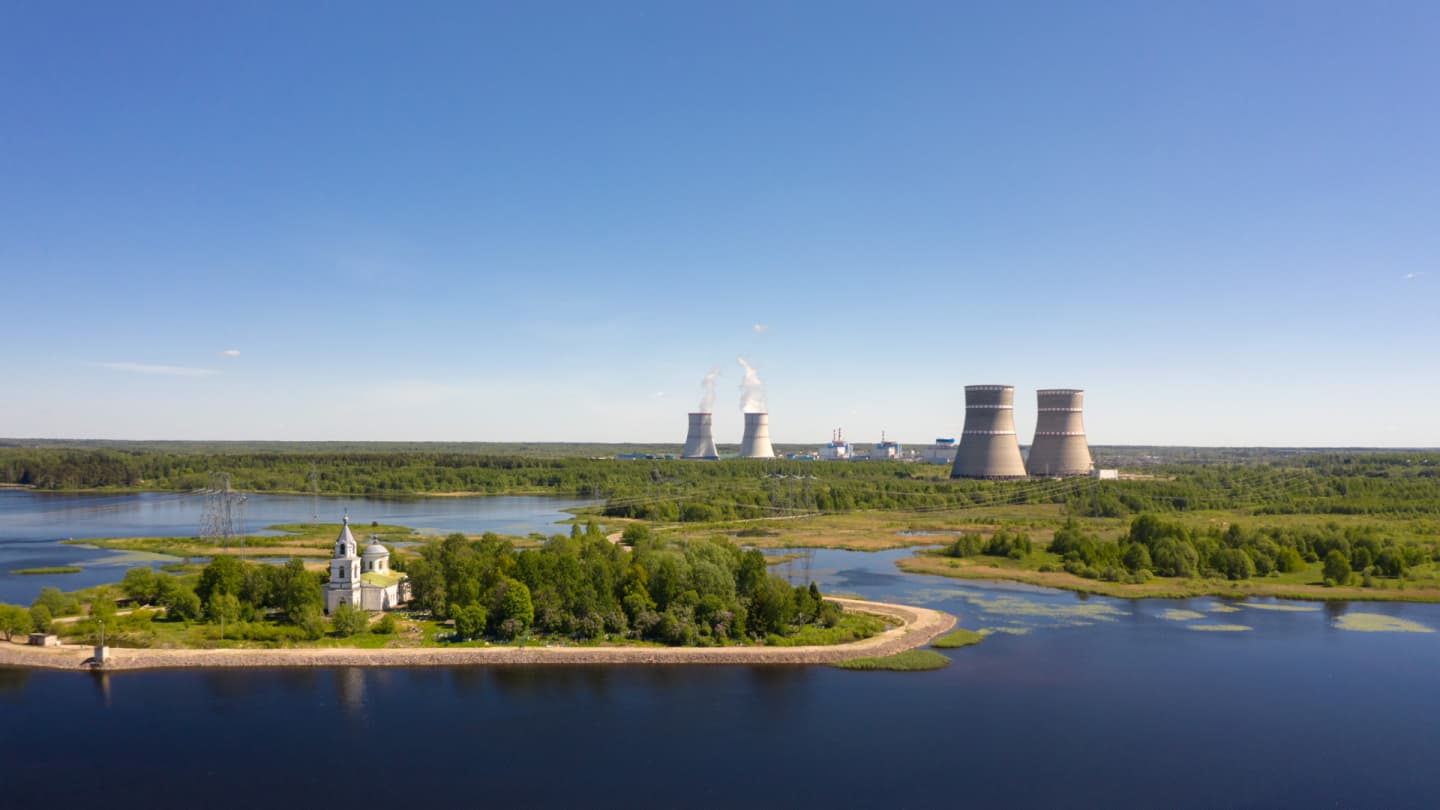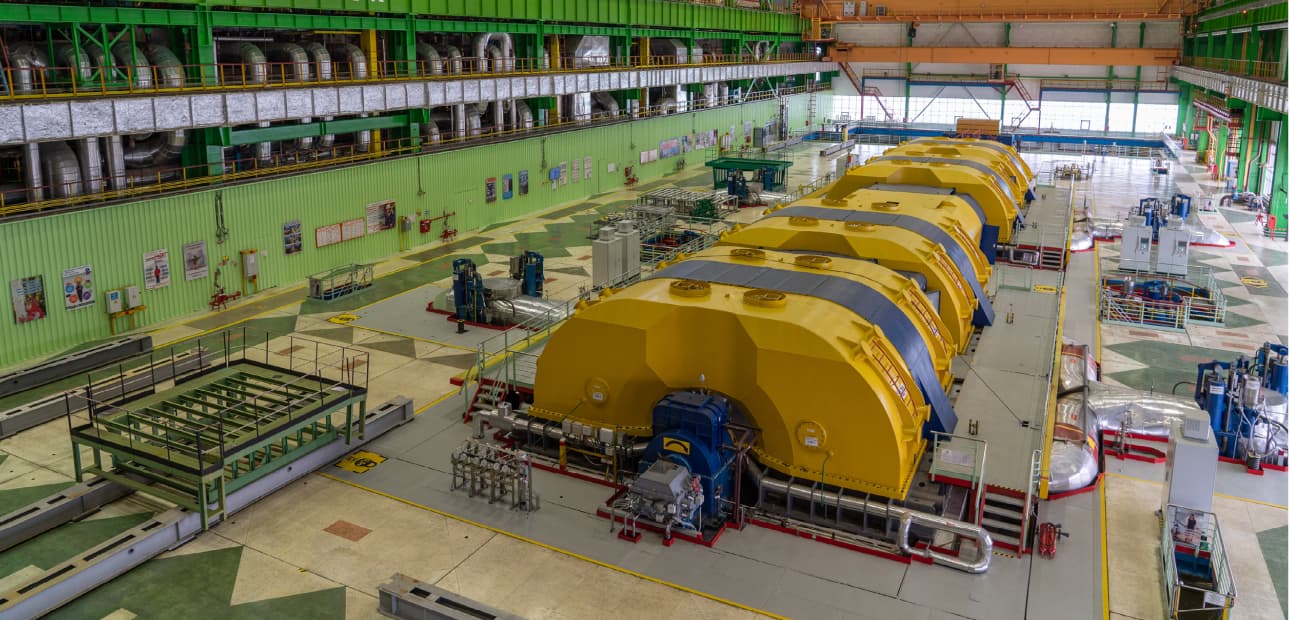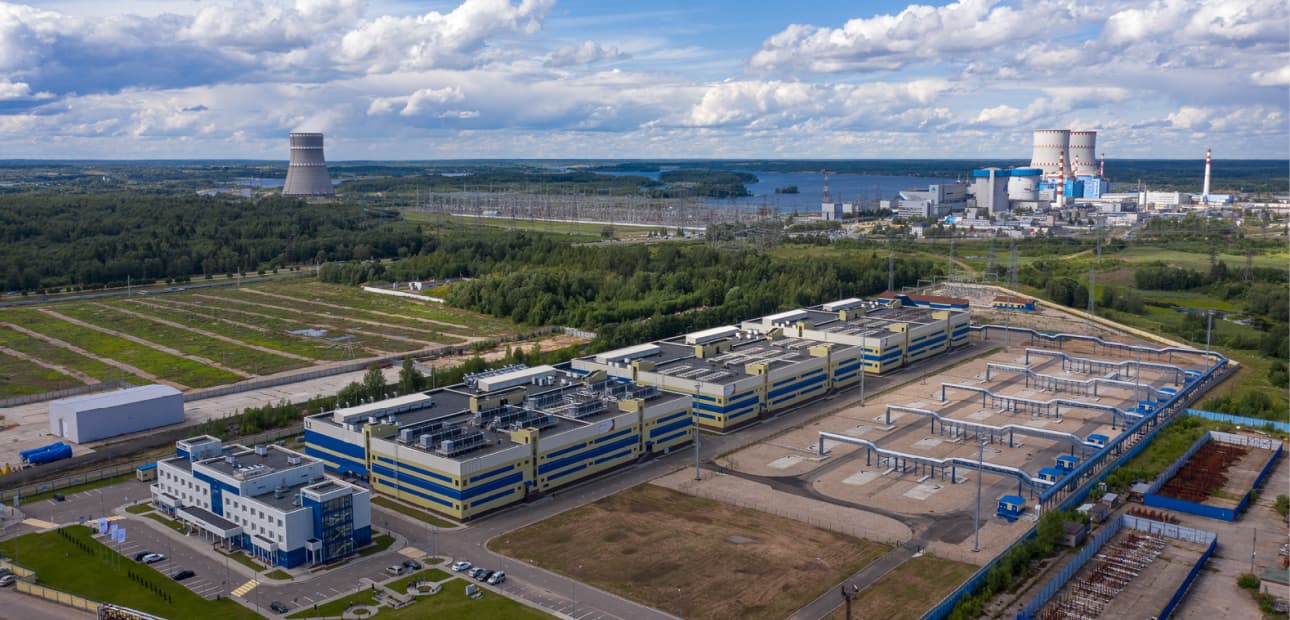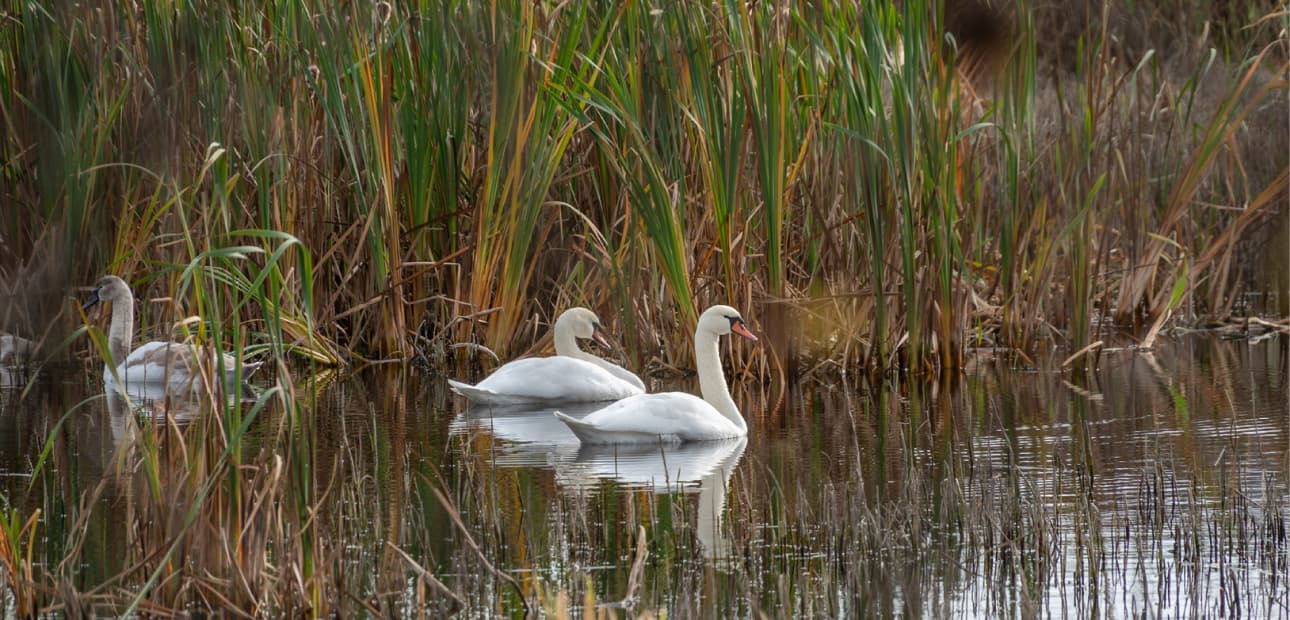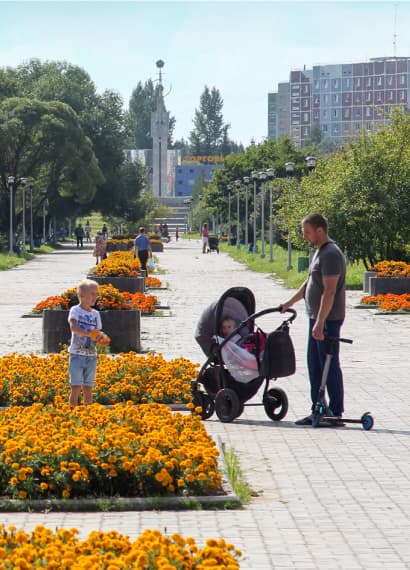Nuclear power plant safety systems
The safety is ensured by the structure of the reactor units, quality and reliability of nuclear fuel as the key component of the cores, and by high qualification of the personnel over the entire service life of the NPP. The power units of Kalinin NPP feature a high safety level. The principle of self-protection of the reactor unit, availability of the safety barriers (the defense-in-depth concept), the multiple redundancy of the safety trains, and presence of the active and passive safety systems are referred to the key safety factors.
Defense-in-depth concept
The defense-in-depth concept is applied to compensate for potential human errors or mechanical failures. This concept is based on several levels of protection with a sequence of barriers on the way of discharge of radioactive materials into the environment. The barrier system includes a fuel matrix, a fuel element jacket, equipment within the boundaries of the coolant circuit, and a protective shell (containment).
Self-protection principle
The structure of the VVER reactors ensures their “self-protection” and “self-regulation”. If the neutron flux is increased in the reactor core and the temperature raises together with the steam content, then accelerated absorption of neutrons and termination of the chain reaction will occur due to a natural feedback. To this end, the rods with the absorber are fed into the core, and then the reaction decelerates and stops.
Multiple redundancy of safety trains
The Russian NPPs with the VVER employ three independent safety safety trains each of which may fulfill functions of the entire system. The safety systems operate independently of each other and are put into operation automatically in case of a failure in the normal operation.
Protection against external impacts
The priority fields of enhancement of the level of protection against external impacts for Kalinin NPP are the following measures:
- provision with the independent sources of power supply;
- furnishing with the independent means for water supply to the steam generators and boric solution supply to the reactor and the cooling basin
The additional equipment is installed on each of four power units of Kalinin NPP for this purpose: movable diesel-generating units, diesel-pumps, and motor pumps.
